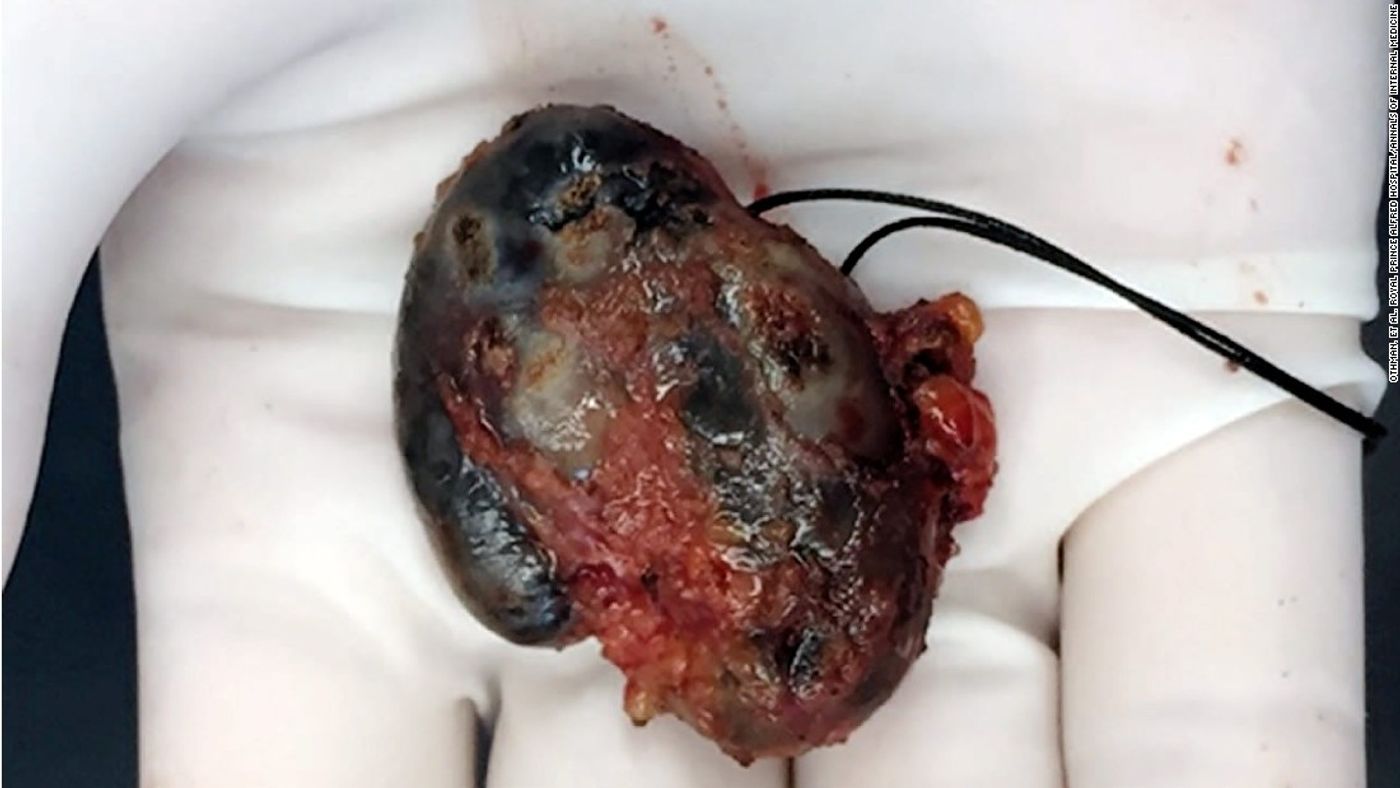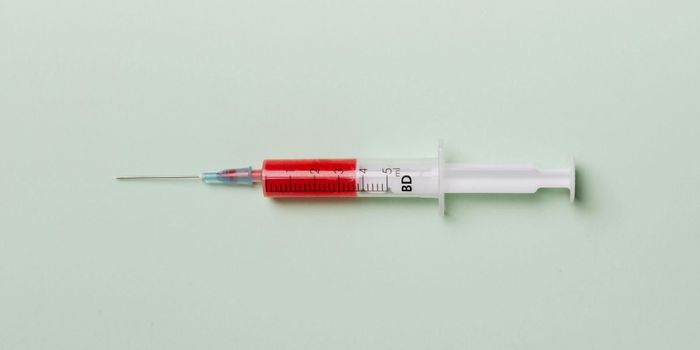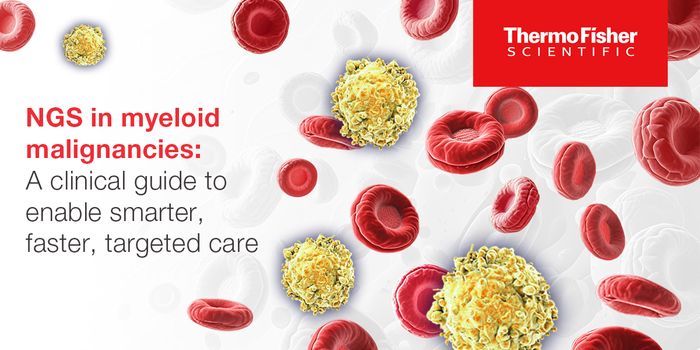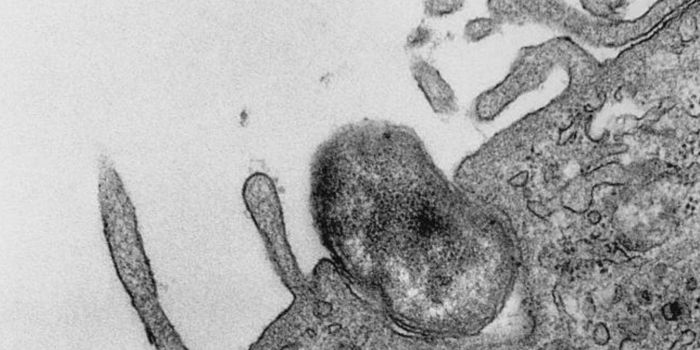Old Tattoo Causes 'Lymphoma' in Woman
Earlier this week, a man’s “lung cancer” turned out to be a toy he swallowed 40 years ago. To continue with the string of lucky misdiagnoses, doctors just reported of a case in which a woman’s “lymphoma” turned out to be a delayed reaction to a tattoo she got 15 years ago.
When the 30-year-old Australian woman went to the doctor for small lumps she found under her arm, all signs seemed to point to cancer. Unfamiliar lumps that appear out of nowhere and last for weeks just can’t be good news. And when doctors did a full-body scan, the situation seemed even worse, as the scan revealed enlarged lymph nodes in her chest, near her lungs.
Doctors suspected lymphoma from the onset. “Ninety-nine times out of 100, [this] will be lymphoma,” said Christian Bryant, one of the woman's doctors at the Royal Prince Alfred Hospital in Sydney.
Lymphomas occur when lymphocytes (white blood cells) turn malignant. It usually starts in a lymphoid organ, such as the lymph node, spleen, or bone marrow, and then infiltrates other organs and tissues. Malignant lymphocytes become dangerous when they circulate in the blood and travel to the lymphatic system. There, the cancerous cells can cause swelling of the lymph nodes and disrupt normal metabolic processes. The Leukemia and Lymphoma Society estimates that over 81,000 new patients will be diagnosed with lymphoma this year in the U.S.
Doctors proceeded to remove one of the enlarged nodes from the patient’s armpit. When the mass was put under the microscope, doctors were stunned when they didn’t find evidence of cancerous cells. Rather, the mass was an accumulation of immune cells completely stained with dark ink.
The culprit behind the ink, doctors surmised, was a large black-ink tattoo that covered the woman’s back. She also has another black-ink tattoo on her left shoulder that’s just over 2 years old. Reportedly, the woman periodically experienced skin irritation at the site of the tattoos (itching, swelling) that would resolve soon after.

But in some instances, the immune response to the ink may be more severe than usual. In this case, doctors are stumped as to what triggered the reaction after 15 years.
Those with tattoos already may find comfort in the fact that this type of reaction is usually rare. "I think there's absolutely no way to know how common it is," Bryant said. "Most people who have tattoos have absolutely no problems." However, just beware that tattoos can cause immune reactions years down the road, even after everything appears healed on the surface.
For those who are contemplating getting a tattoo, be very choosy about who will do the inking. Just say no to the friend of a friend who tattoos without gloves, clean needles, or fresh ink, and find a reputable artist who will put your health first.
Additional sources: CNN









